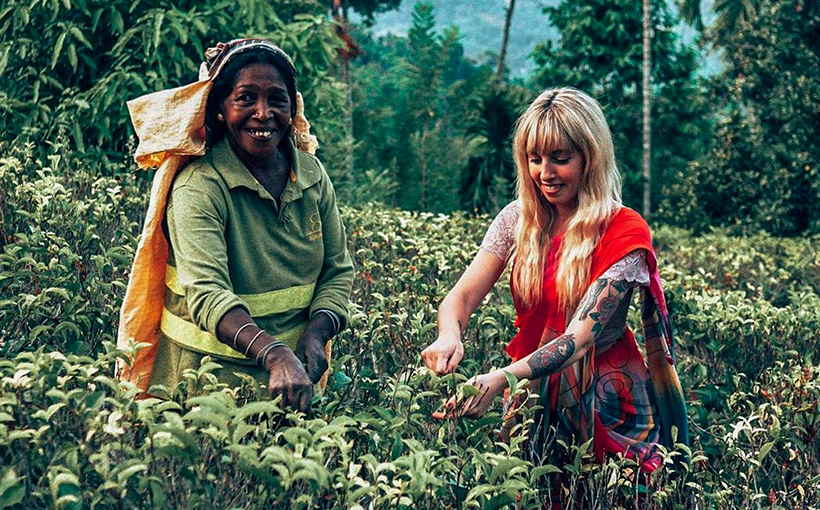Sri Lanka, formerly known as Ceylon, is renowned for its tea. The island’s central highlands produce some of the world’s finest brews. Let’s explore the journey of Sri Lankan tea from leaf to cup.

Cultivation in the Highlands
Tea thrives in Sri Lanka’s central highlands. Regions like Nuwara Eliya, situated at elevations above 6,000 feet, are ideal for tea cultivation. The cool climate and rich soil contribute to the tea’s unique flavour. Visiting these plantations offers insight into the meticulous process of tea cultivation.
Tasting Ceylon Tea
Tasting tea involves evaluating its appearance, aroma, and flavour. In Sri Lanka, guided tastings help distinguish between regional varieties. For example, Dimbula tea is known for its light, bright character, while Uva tea offers a rich amber hue and crisp taste. Staying at a resort in Kandy the likes of Aarunya Nature Resort, provides an opportunity to indulge in authentic tea-tasting experiences amidst serene surroundings.
The Art of Plucking Tea Leaves
Skilled workers, predominantly women, hand-pick tea leaves. They select the top two leaves and a bud, ensuring quality. This traditional method maintains the tea’s delicate flavour. Observing the plucking process during a plantation tour highlights the labour and precision involved.
Processing the Leaves
After plucking, leaves undergo withering, rolling, fermentation, drying, and sorting. Each step influences the tea’s character. For instance, black tea undergoes full oxidation, resulting in a robust flavour. Experiencing a factory tour provides a comprehensive understanding of these stages.

